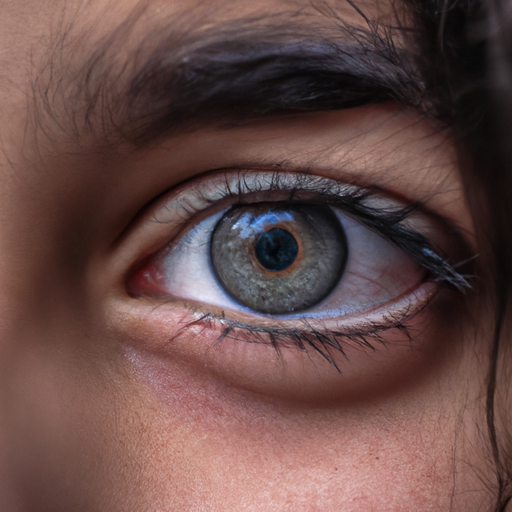As a medical professional, I often encounter patients troubled by dark circles under their eyes. These shadows, often associated with fatigue, can be a source of frustration and self-consciousness. However, understanding the causes and treatments can help banish these unwanted shadows. This article aims to provide a comprehensive guide to treating dark circles under the eyes.
Dark circles are a common condition that can affect anyone, regardless of age or gender. They appear due to the thinning of the skin and loss of fat and collagen, which are essential for maintaining skin’s elasticity. This process exposes the blood vessels beneath the skin, resulting in a darker appearance. Other factors contributing to dark circles include genetics, aging, dehydration, excessive sun exposure, and lifestyle habits like smoking and excessive alcohol consumption.
The first step towards treating dark circles is identifying the underlying cause. If they are due to lifestyle habits, modifications such as ensuring adequate sleep, maintaining hydration, reducing alcohol and caffeine intake, and quitting smoking can significantly improve their appearance. A balanced diet rich in fruits, vegetables, lean proteins, and whole grains also promotes healthy skin.
Topical treatments can be beneficial in managing dark circles. Creams containing retinol, vitamin C, and hyaluronic acid can help to thicken the skin and reduce the visibility of underlying blood vessels. Eye creams with caffeine can also constrict blood vessels and reduce puffiness. Always remember to apply these products gently to avoid causing further damage to the delicate skin under the eyes.
For more severe cases, medical treatments may be necessary. Options include chemical peels that remove the top layer of skin and stimulate collagen production, laser therapy that resurfaces the skin and enhances skin tightening, fillers that replace lost fat and collagen, or surgery for those with very severe cases.
Protection from sun damage is crucial in preventing and treating dark circles. Always apply a broad-spectrum sunscreen under your eyes before stepping out in the sun. Wearing sunglasses and a wide-brimmed hat can provide additional protection.
Regular exercise can also help improve the appearance of dark circles. It promotes better circulation and oxygenation of the body, which can help the skin look healthier and more vibrant.
It’s important to remember that everyone’s skin is different, and what works for one person may not work for another. It’s always best to consult with a dermatologist or skincare professional to determine the most effective treatment plan for your specific needs.
In conclusion, while dark circles can be a nuisance, they are treatable. By understanding their causes and adopting a comprehensive approach that includes lifestyle modifications, topical treatments, sun protection, and possibly medical treatments, you can significantly reduce their appearance. Remember, it’s not just about banishing shadows under your eyes; it’s about promoting overall skin health and wellness.



